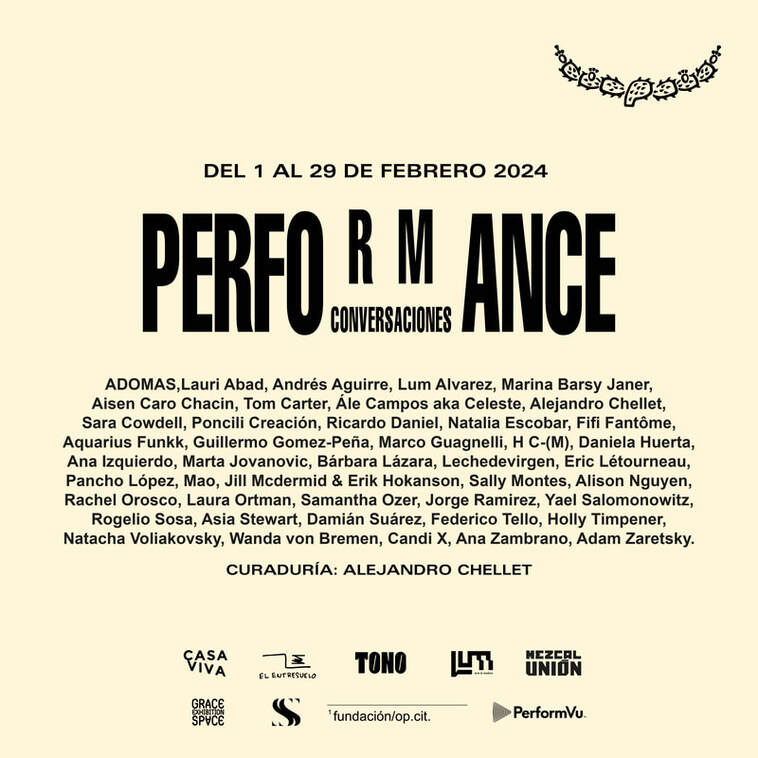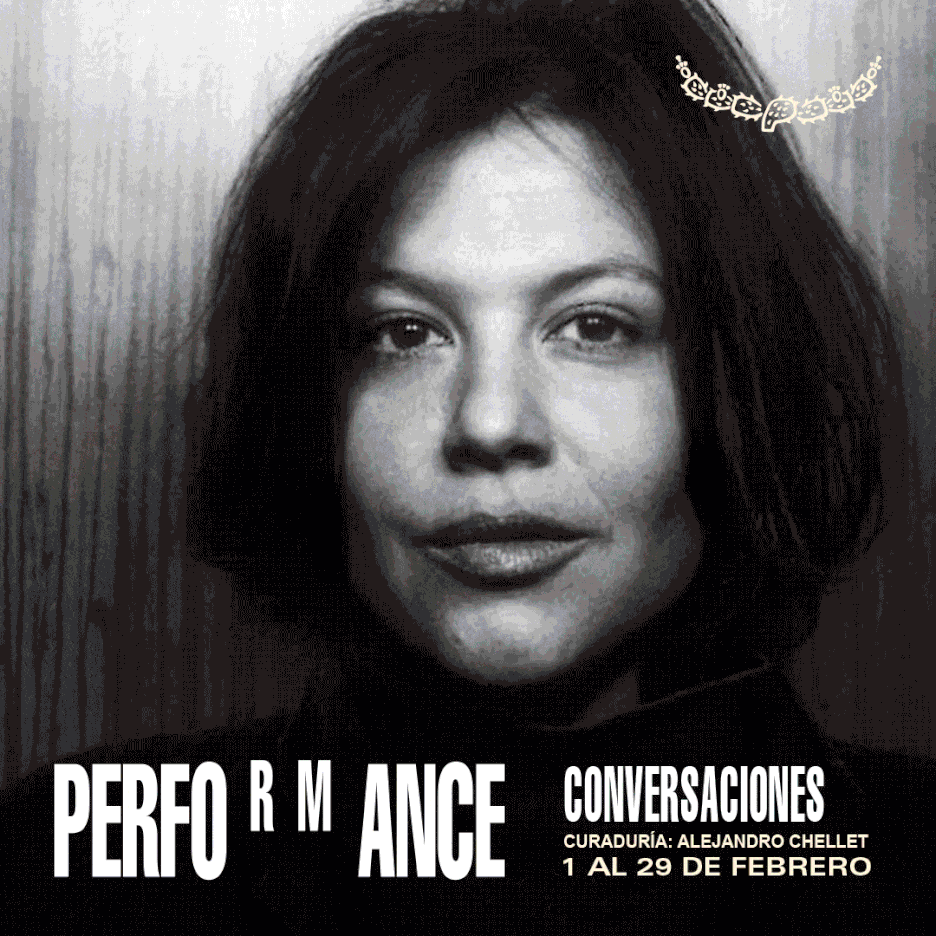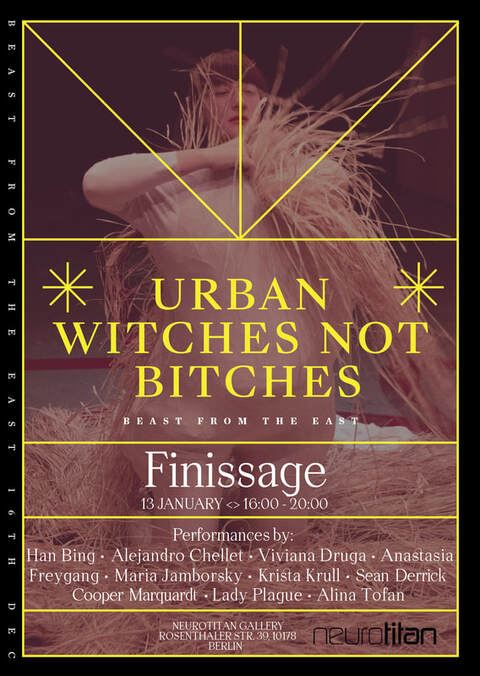Statement:
Over the past ten years, I have focused on using food as a recurrent theme in my artistic practice, creating artworks that make political statements about the absurdity of food distribution in our capitalist society. These participatory art projects revolve around organic food production, cooking traditions, and efficient energy technologies, teaching people how to grow organic vegetables, build clay ovens, and cook outdoors with fire.
Upon moving to Norway for my Master of Arts in Performance at the Norwegian Theatre Academy, I began researchingthe Radical Hospitality / Hostility in Contemporary Art. My particular interest lies in using food as both an art practice and an object of art, exploring the performativity involved in obtaining, preparing, and offering food. Last year, I delved into hunting as a performative practice, exploring the essence of craving and the transformation of wild creatures into nourishing sustenance.
More recently, I've been exploring performances that highlight the sensuality of food, its connections to sexuality, desire, and taste. Simultaneously, I've developed a participatory and creative methodology to investigate the interconnection between food, energy cycles, the human body, and urban development. My research aims to create a transdisciplinary artwork envisioning the future of food for individuals facing urban-rural migration. I question the disappearing rural traditions and the potential countrification - hipsterization of rural lifestyles, while also exploring people's relationship with the food they eat and how they value food accessibility and labor.
Over the past ten years, I have focused on using food as a recurrent theme in my artistic practice, creating artworks that make political statements about the absurdity of food distribution in our capitalist society. These participatory art projects revolve around organic food production, cooking traditions, and efficient energy technologies, teaching people how to grow organic vegetables, build clay ovens, and cook outdoors with fire.
Upon moving to Norway for my Master of Arts in Performance at the Norwegian Theatre Academy, I began researchingthe Radical Hospitality / Hostility in Contemporary Art. My particular interest lies in using food as both an art practice and an object of art, exploring the performativity involved in obtaining, preparing, and offering food. Last year, I delved into hunting as a performative practice, exploring the essence of craving and the transformation of wild creatures into nourishing sustenance.
More recently, I've been exploring performances that highlight the sensuality of food, its connections to sexuality, desire, and taste. Simultaneously, I've developed a participatory and creative methodology to investigate the interconnection between food, energy cycles, the human body, and urban development. My research aims to create a transdisciplinary artwork envisioning the future of food for individuals facing urban-rural migration. I question the disappearing rural traditions and the potential countrification - hipsterization of rural lifestyles, while also exploring people's relationship with the food they eat and how they value food accessibility and labor.




